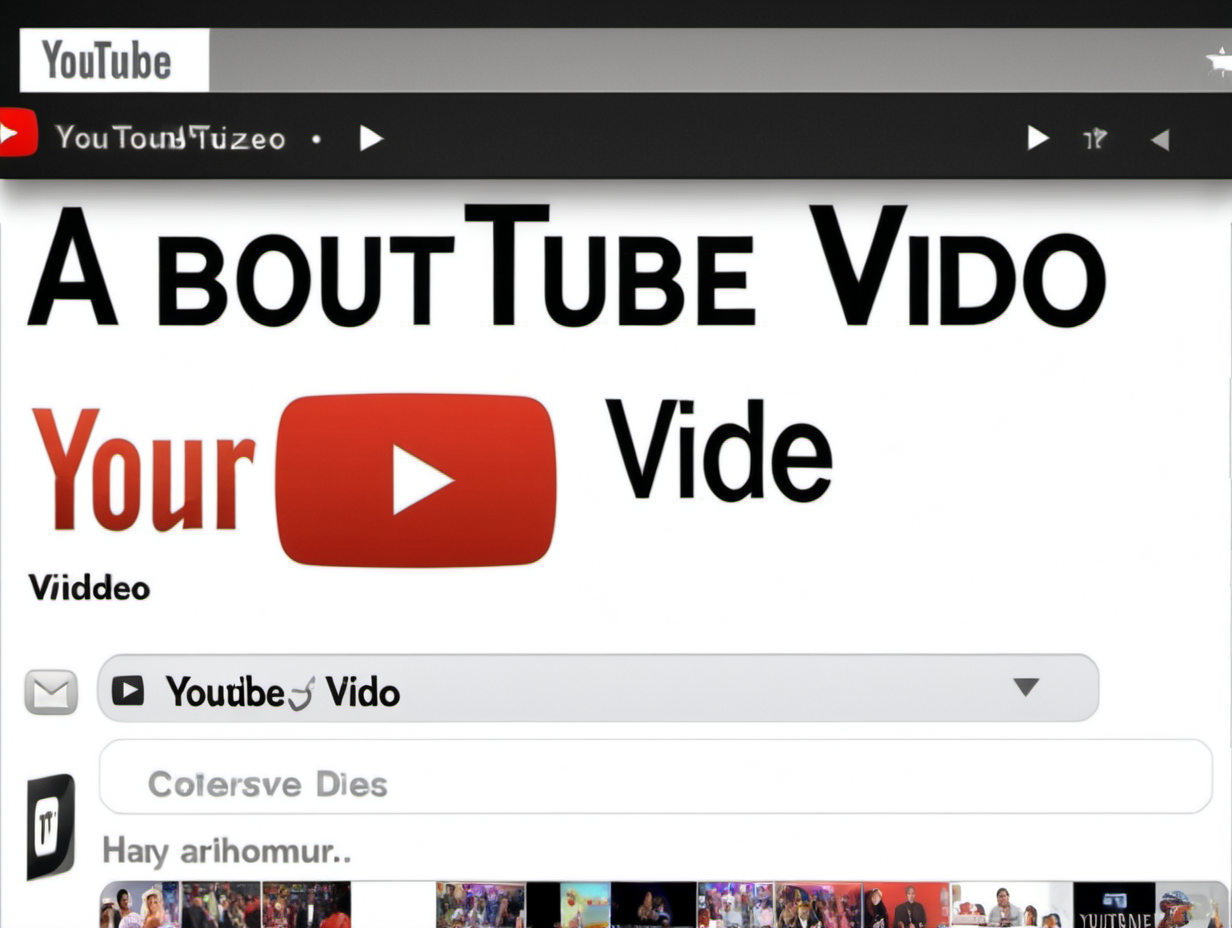What is ChatGPT?
Summary
TLDRChatGPT, a generative AI tool, can create diverse content such as text, images, and code based on user prompts. Released in November 2022, millions of users have employed it for various tasks. Unlike traditional chatbots with scripted responses, ChatGPT utilizes deep learning to generate unique, human-like interactions. It operates similarly to chefs or painters, using patterns and knowledge from vast datasets to create new content. While powerful, the technology raises concerns about bias, accuracy, and data use, with developers noting it's still evolving. Major companies are integrating generative AI into their tools, signifying its growing impact.
Takeaways
- 🤖 ChatGPT is a type of generative AI capable of producing new content such as text, images, audio, simulations, and code based on user prompts.
- 📜 GPT in ChatGPT stands for Generative Pretrained Transformer, allowing it to generate answers to almost any question.
- 🌍 ChatGPT was released for public testing in November 2022, and millions have used it for tasks like writing essays, generating poems, coding, and more.
- 💬 Unlike traditional chatbots with pre-defined rules and scripted responses, ChatGPT uses deep learning to generate unique and dynamic answers.
- 🧠 Generative AI, such as ChatGPT, learns from large datasets and identifies patterns to create human-like responses using natural language.
- 👨🍳 An analogy for generative AI is chefs creating new dishes based on their knowledge of recipes; similarly, AI generates content from learned patterns.
- 🎨 For image generation, generative AI is like painters creating new art after studying various styles and techniques.
- 📈 The more data AI is trained on, the better it can generate diverse and unique outputs, including text and images.
- ⚖️ Concerns around generative AI include data bias, use of copyrighted materials, and the accuracy of generated responses.
- 🚀 Despite challenges, generative AI is being integrated into applications by companies like Microsoft and Google, signaling its growing role in tech.
Q & A
What is ChatGPT, and how does it work?
-ChatGPT is an artificial intelligence tool categorized under generative AI. It can create new content, such as text, audio, images, simulations, and computer code, based on a text prompt from the user. It uses deep learning models to generate responses that are not pre-programmed, mimicking natural human conversation.
What does 'GPT' stand for in ChatGPT?
-'GPT' in ChatGPT stands for Generative Pretrained Transformer. This refers to the AI's underlying model, which is trained on large datasets to generate answers to a wide variety of questions.
When was ChatGPT released to the public?
-ChatGPT was released for public testing in November 2022. Since then, millions of people around the world have used it for various purposes, such as generating code, writing essays, and creating poems.
How does ChatGPT differ from traditional chatbots?
-Traditional chatbots rely on predefined rules and scripted responses, often following decision trees to answer questions. In contrast, ChatGPT uses generative AI, allowing it to create responses based on patterns in the data it has been trained on, rather than following a set script.
What is the advantage of generative AI over traditional chatbots?
-Generative AI can provide more flexible and dynamic responses that mimic natural human conversation. Since it isn't limited to scripted answers, it can analyze patterns in its data and generate unique responses to a variety of inputs.
Can you give an analogy to explain how generative AI works?
-Generative AI is like a chef who has learned many recipes and cooking techniques. When asked to make a new dish, the chef uses their experience to create a new recipe. Similarly, generative AI analyzes patterns and rules from its training data to generate new content.
How does generative AI create images?
-Generative AI creates images similarly to how painters produce artwork. Just as a painter uses their knowledge of art to create new works, image-based generative AI uses its knowledge of images from its training data to generate new ones. The more images it is trained on, the more diverse and unique the generated images can be.
What are some concerns regarding generative AI?
-There are concerns about bias in the data sets used to train generative AI, potential copyright issues with materials in the datasets, and the accuracy of responses. The creators of the technology have acknowledged that it is still in the early stages of development, and users should not assume all answers are absolute truth.
How might generative AI be integrated into other applications?
-Generative AI is likely to be integrated into various applications and tools. For instance, companies like Microsoft and Google are already incorporating generative AI features into their search engines and other software.
What are some real-world uses of ChatGPT?
-ChatGPT has been used by millions of people for creating computer code, writing college-level essays, generating poems, press releases, fairy tales, and even humorous content like dad jokes.
Outlines

このセクションは有料ユーザー限定です。 アクセスするには、アップグレードをお願いします。
今すぐアップグレードMindmap

このセクションは有料ユーザー限定です。 アクセスするには、アップグレードをお願いします。
今すぐアップグレードKeywords

このセクションは有料ユーザー限定です。 アクセスするには、アップグレードをお願いします。
今すぐアップグレードHighlights

このセクションは有料ユーザー限定です。 アクセスするには、アップグレードをお願いします。
今すぐアップグレードTranscripts

このセクションは有料ユーザー限定です。 アクセスするには、アップグレードをお願いします。
今すぐアップグレード5.0 / 5 (0 votes)






